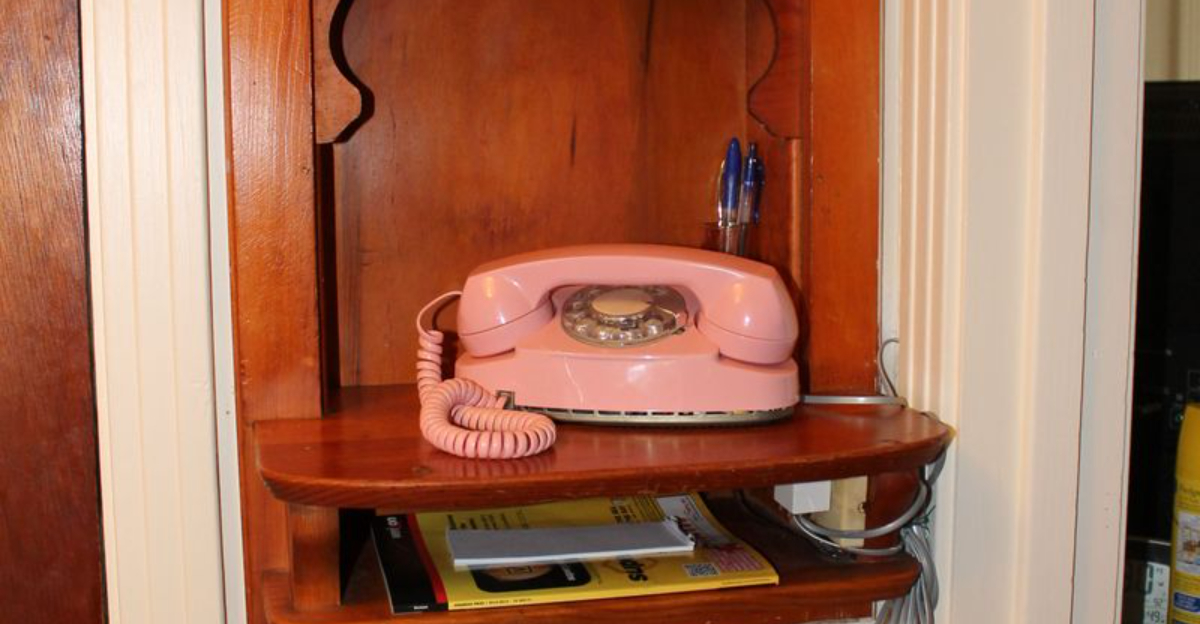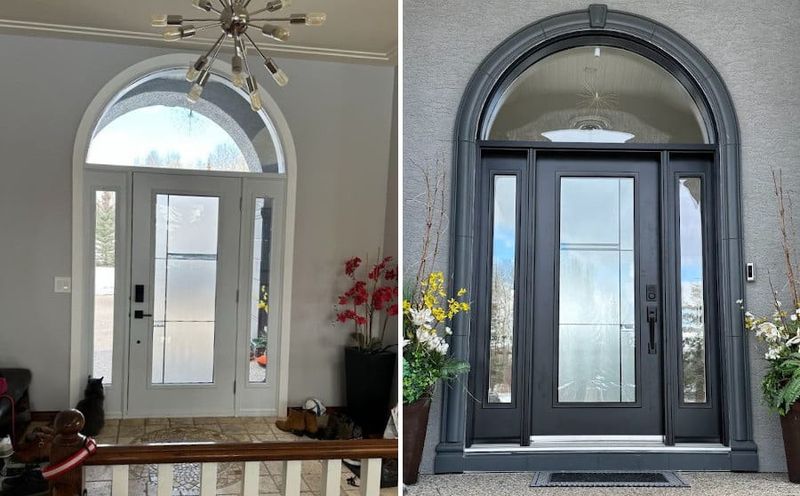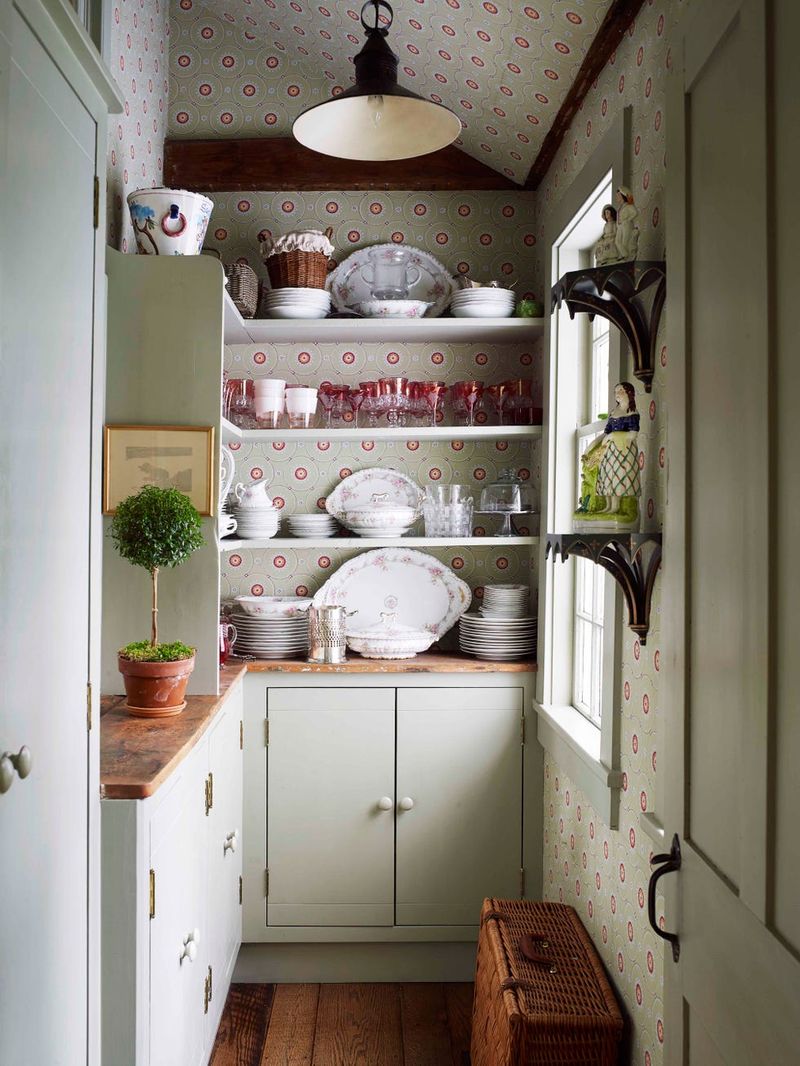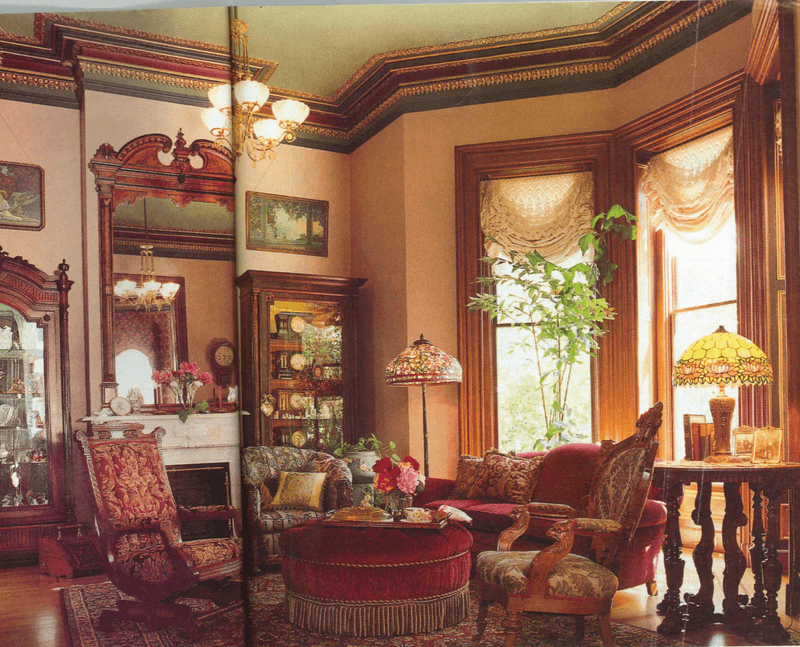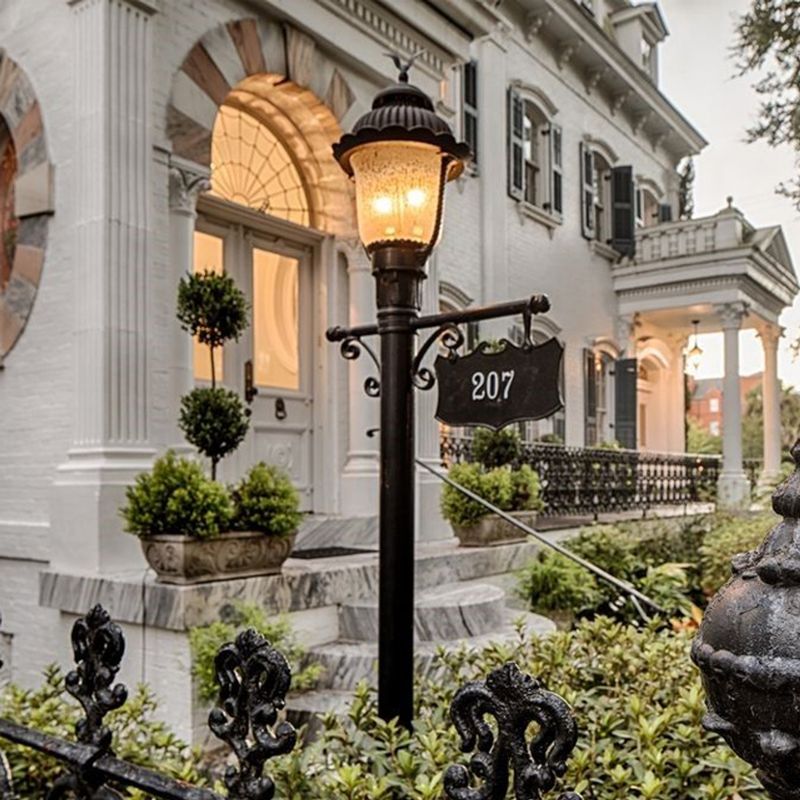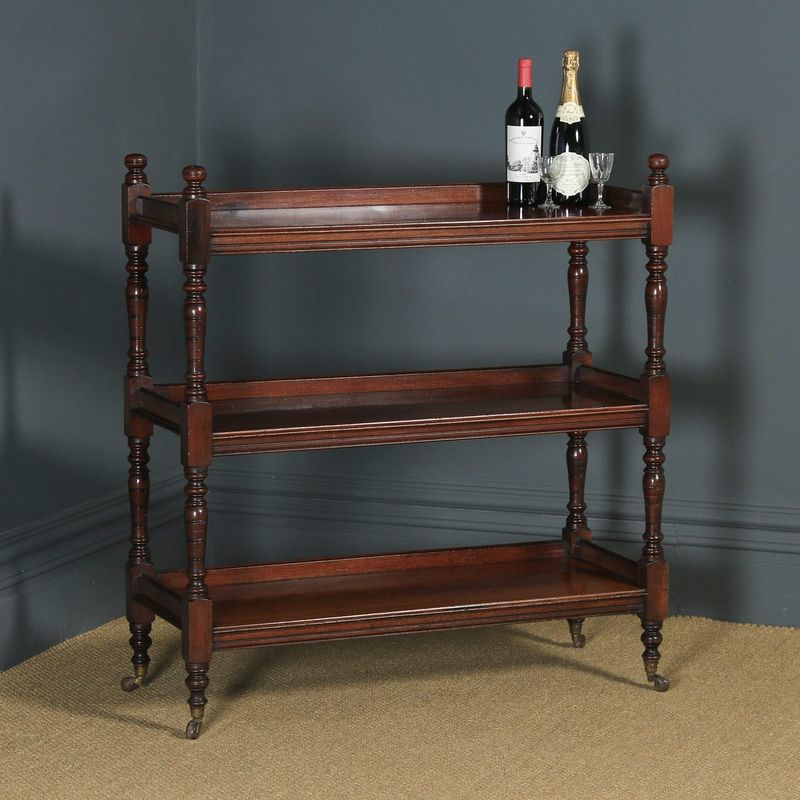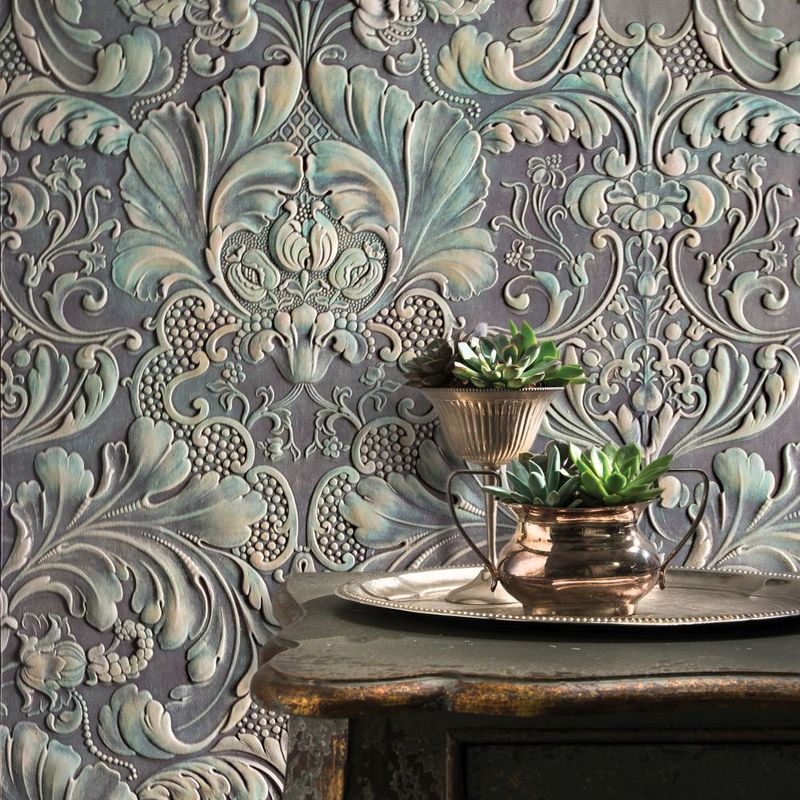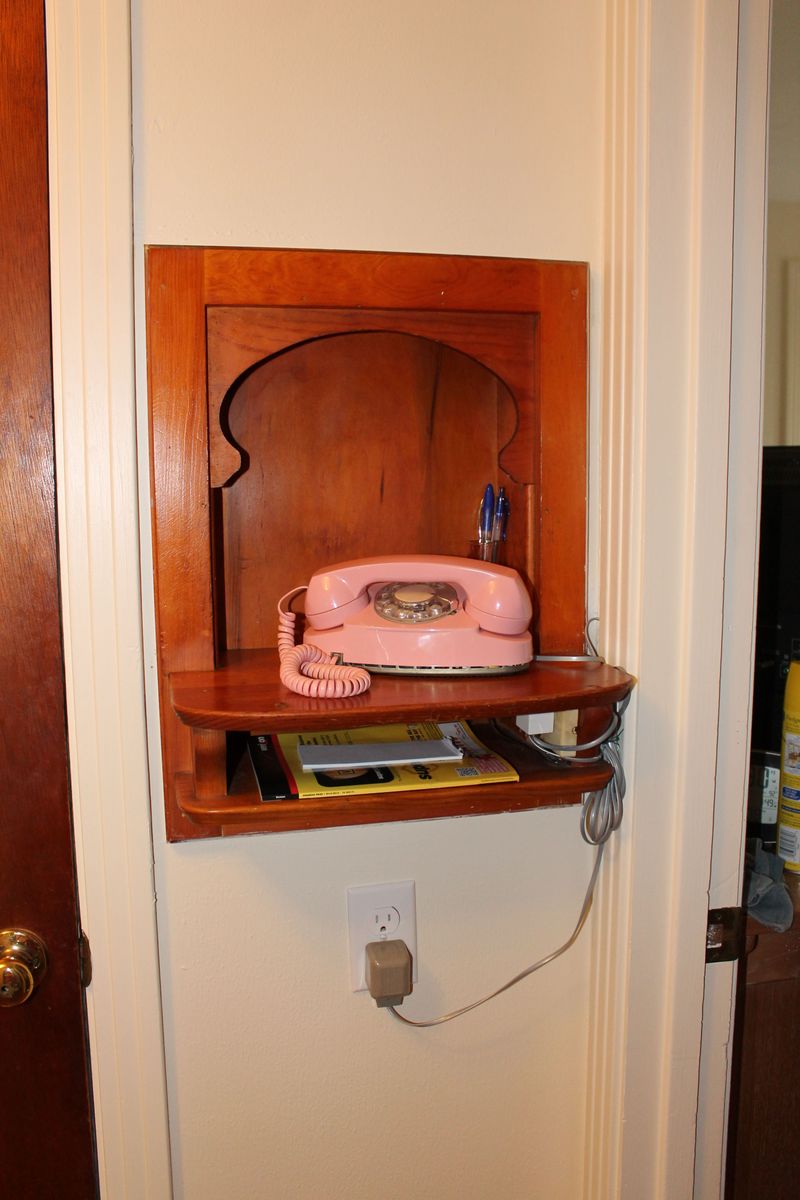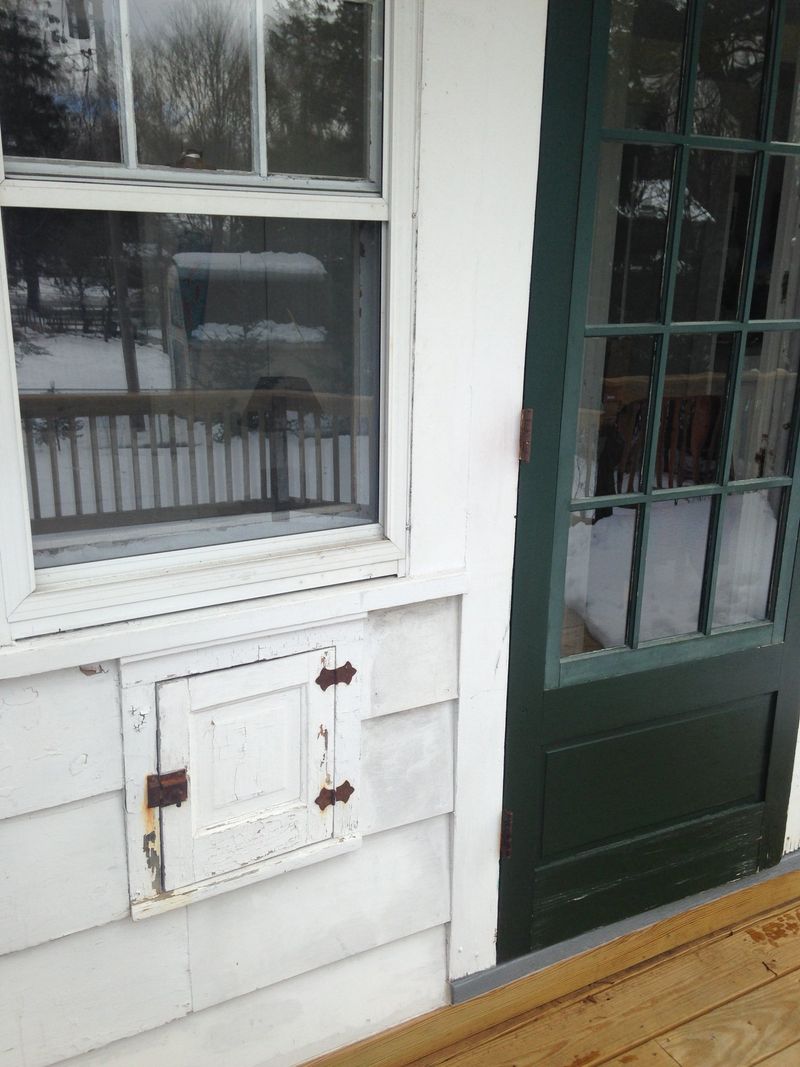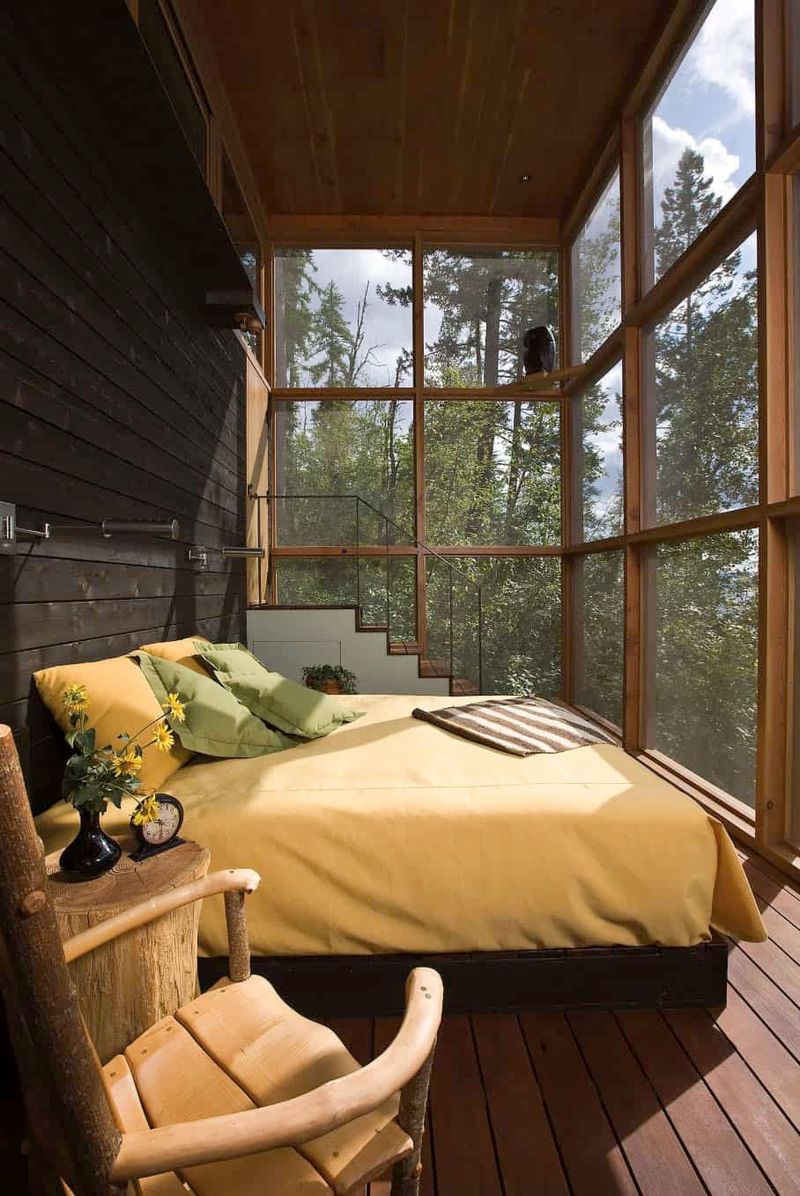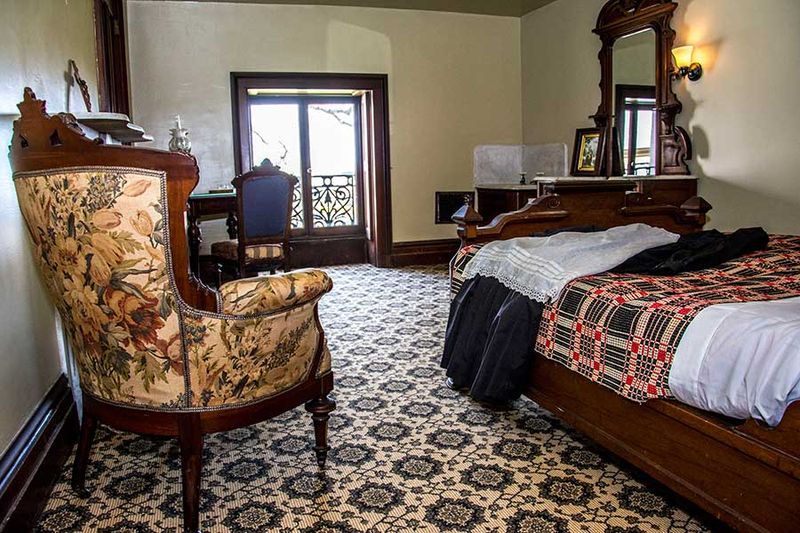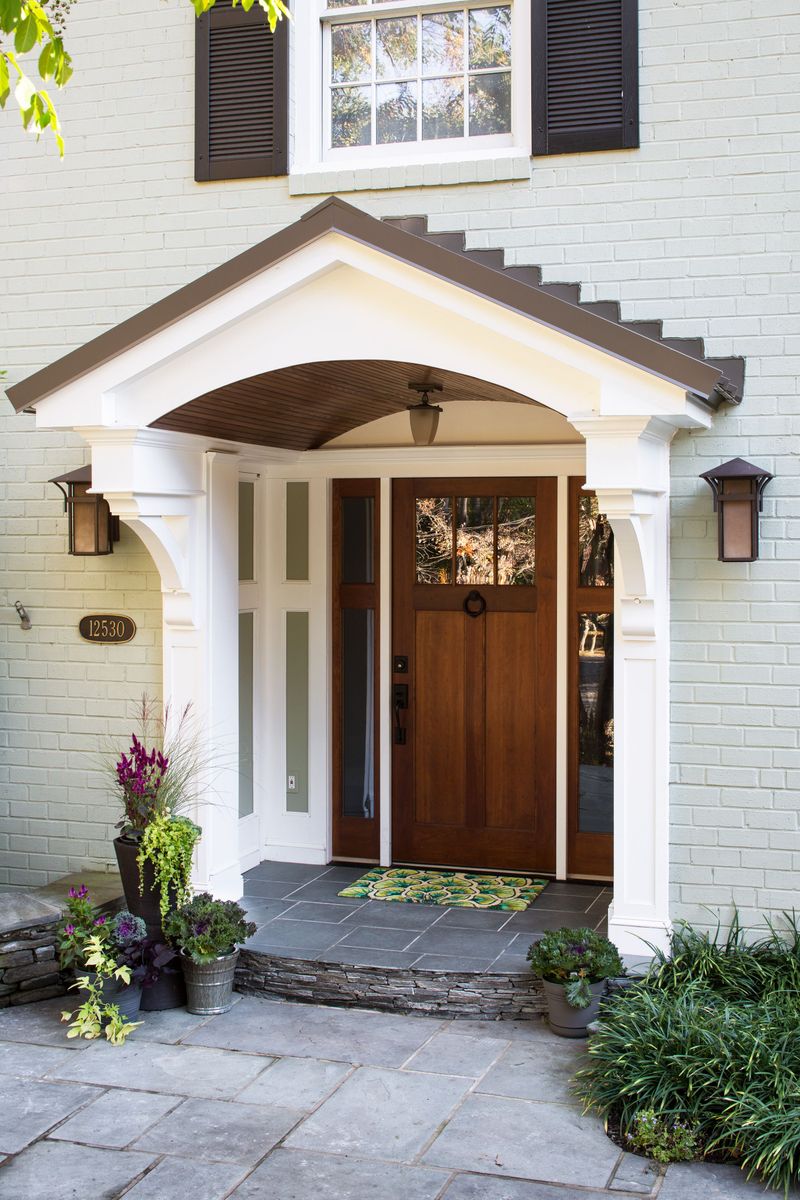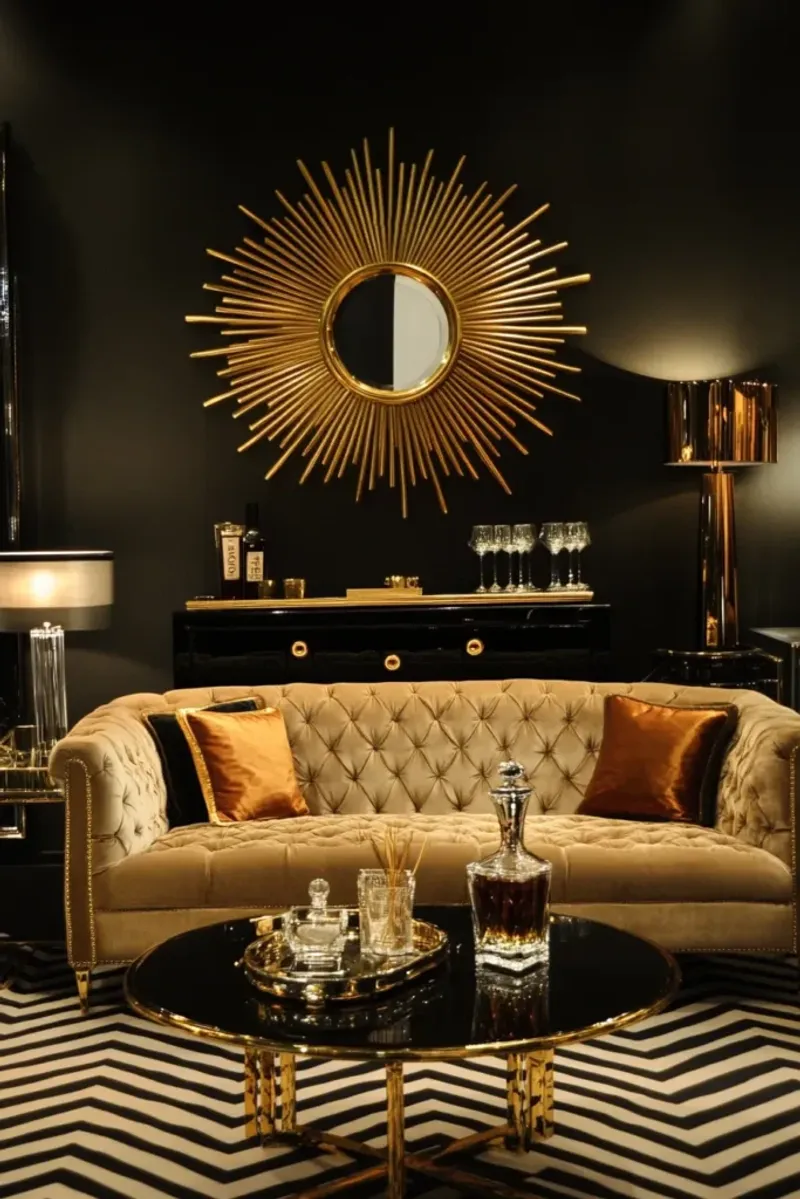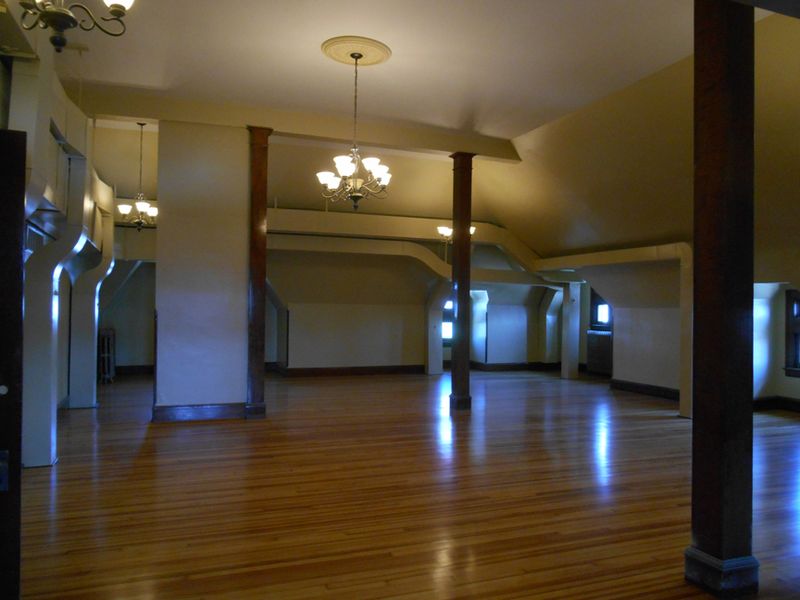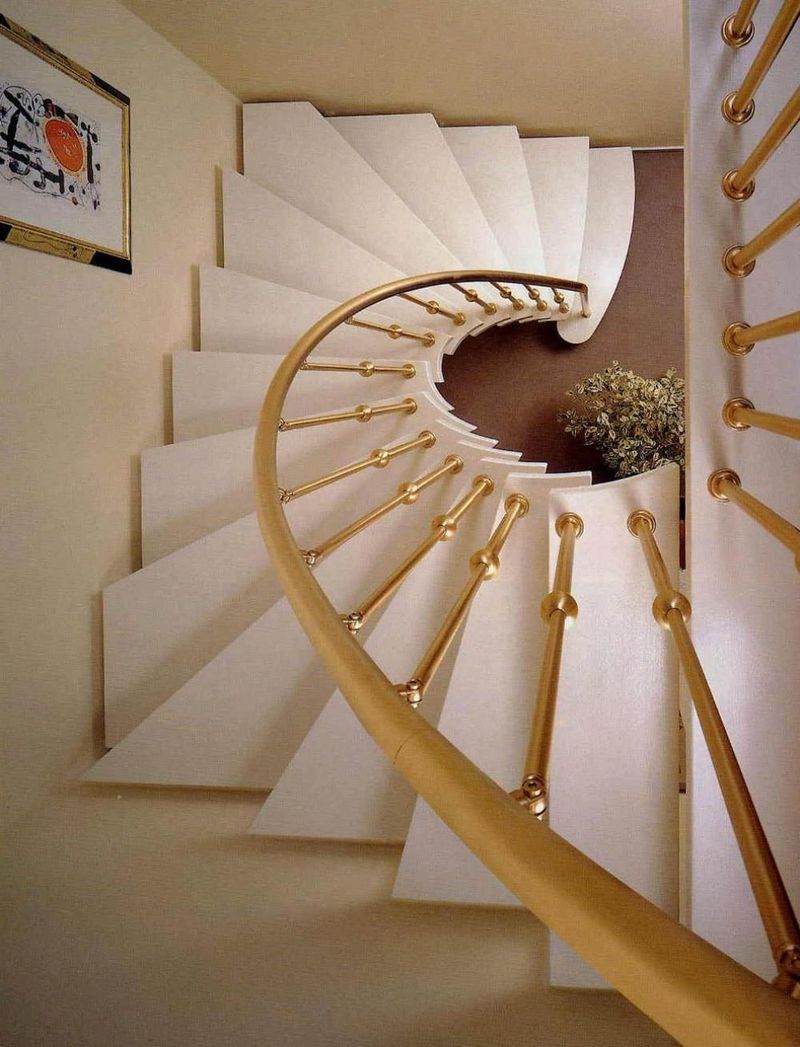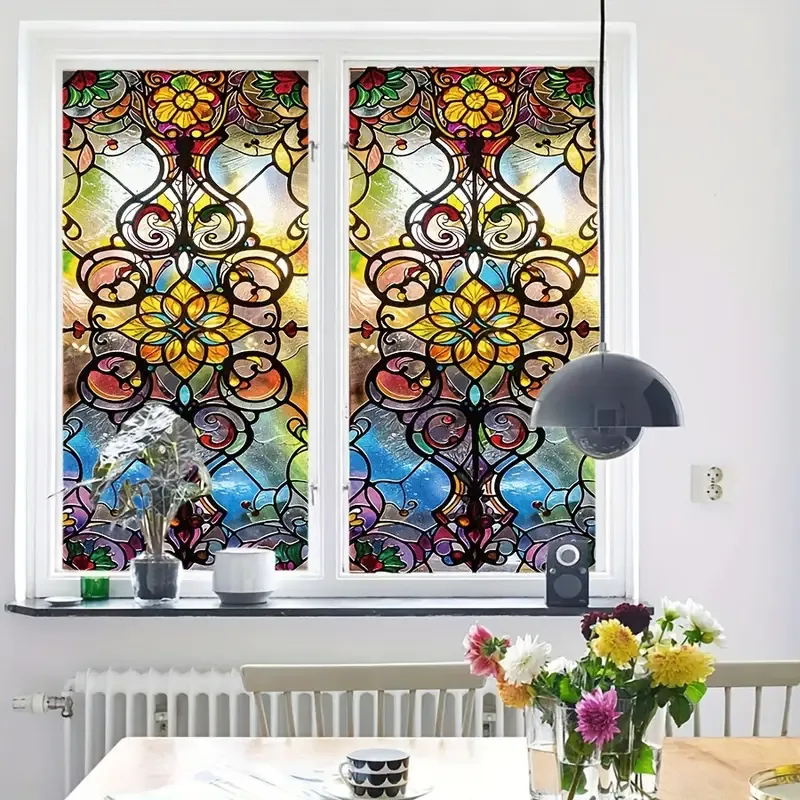Homes have evolved dramatically over the decades, leaving behind certain classic elements that once added charm and character. These elements, while no longer common, evoke a sense of nostalgia and offer a glimpse into the past. Join us as we explore 25 classic home elements that have been lost over time and rediscover their unique charm.
1. Transom Windows
Transom windows were a staple in older homes, perched above doors to invite light into narrow hallways and dark rooms. The intricate stained glass often mimicked a rainbow when sunlight streamed through. These windows were not only functional but also added an artistic flair to the architecture. Many homeowners now miss the quaint charm these windows offered, as modern designs favor sleek, minimalistic styles over ornate details. If you ever visit an old Victorian house, look up and admire the beauty that once was a common sight in homes. Transom windows added a splash of color and elegance to everyday living spaces.
2. Butler’s Pantry
The butler’s pantry was an essential part of affluent homes, acting as a storage and staging area for meals. This small room between the kitchen and dining room was filled with gleaming china, polished silver, and crystal glassware. It served as a workspace for the household’s butler to prepare final touches on meals and drinks before serving guests. Today, these pantries are a rarity, replaced by open-plan kitchens and modern conveniences. However, they evoke nostalgia for a time when meals were an event, and service was an art. Imagine the clinking of glass and the soft rustle of a butler’s apron in this cozy nook.
3. Crown Molding
Crown molding was once the hallmark of elegance in home décor. These decorative strips where the wall meets the ceiling added a touch of sophistication to any room. Often intricately designed and sometimes hand-carved, they provided a visual transition that drew the eye upward. Today, minimalist trends have led to the decline in elaborate moldings. However, step into a historic home, and you’ll likely see these beautiful details painting a picture of grandeur. Crown molding whispers stories of craftsmanship and attention to detail, showcasing the artistry that once adorned even the most functional spaces.
4. Parlor Rooms
Parlor rooms were the heart of social gatherings in the 19th and early 20th centuries. These formal sitting areas were where guests were entertained, and families spent evenings. Decorated with ornate furniture, rich fabrics, and grand chandeliers, parlors were a sign of status and hospitality. As open floor plans became more popular, these intimate spaces faded away. Today, few homes feature such rooms, but their legacy lives on. Imagine the soft murmur of conversation and laughter echoing against the backdrop of elegant wallpaper and polished wood. Parlor rooms were once the epitome of refinement and social grace.
5. Pocket Doors
Pocket doors were a clever solution for saving space in homes, sliding neatly into the wall when not in use. These doors offered privacy and flexibility, allowing rooms to be divided or opened up as needed. Made from wood and often featuring glass panes, pocket doors added a touch of style to interiors. Despite their benefits, modern designs have largely abandoned them in favor of open-plan layouts. If you’re lucky enough to encounter a home with original pocket doors, admire their ingenuity and how they seamlessly blend function with aesthetics. Such doors are a testament to thoughtful, space-conscious design.
6. Clawfoot Bathtubs
Clawfoot bathtubs evoke a sense of luxury and indulgence, with their elegant, freestanding design. These tubs, often made of cast iron and finished with porcelain, were a centerpiece in bathrooms of yesteryears. The distinct claw feet distinguished them, adding to their charm. Modern bathrooms, focused on sleek, built-in designs, have left clawfoot tubs behind. Yet, they remain a symbol of relaxation and opulence. Imagine sinking into one, surrounded by warm water and scented bubbles, the world slipping away. Clawfoot bathtubs remind us of a time when bathing was not just functional but a soothing ritual.
7. Gas Lanterns
Gas lanterns once lit the path to homes with their warm, flickering glow. These lanterns, mounted outside entryways, created a welcoming ambiance. Crafted from metal and glass, they were both functional and decorative, offering a quaint charm to the home’s exterior. Over time, electric lighting replaced gas, leaving these lanterns as relics of a bygone era. However, they still hold an allure, reminding us of evenings spent on the porch, bathed in their gentle light. Gas lanterns whisper the stories of generations who came home to their comforting glow, a beacon against the night.
8. Wood Burning Stoves
Wood burning stoves were once the heart of the home, providing warmth and a place to cook meals. These sturdy cast iron stoves, often found in kitchens, emitted a cozy heat that gathered families during cold months. As modern heating systems and sleek appliances took over, these stoves became less common. Yet, they evoke nostalgia for a simpler time when life revolved around the hearth. Picture a pot of stew simmering atop the stove, its savory aroma filling the air. Wood burning stoves are more than just a cooking device; they’re a symbol of home and hearth, of gathering and nourishment.
9. Dumbwaiters
Dumbwaiters were ingenious mini elevators used to transport food and dishes between floors. Found in large, multi-storied homes, these devices saved time and effort, allowing seamless service during meals. They were often concealed within walls, discreetly doing their job. With modern technology offering more convenient alternatives, dumbwaiters are now rare. However, they remain a fascinating glimpse into the past, a testament to the innovation of earlier eras. Imagine the soft whirring as a tray of steaming dishes travels up to a waiting dining room, a quiet helper in the orchestrated dance of household activity.
10. Picture Rails
Picture rails offered a flexible way to hang art without damaging walls, running along the upper part of a room’s walls. These rails allowed homeowners to rearrange pictures easily, ensuring their walls remained pristine. They added a decorative element, drawing the eye upwards and creating a sense of height. Over time, as decorating trends shifted, picture rails became less common. Yet, they offer a clever solution for art lovers who enjoy changing up their interior aesthetics. In homes where they still exist, picture rails whisper of an era where even practical elements bore an artistic touch.
11. Lincrusta Wallpaper
Lincrusta wallpaper was known for its durability and opulence, featuring deeply embossed patterns that mimicked plasterwork. This wall covering was popular in Victorian times, offering an affordable way to add luxury to interiors. The texture and depth it provided were unmatched, transforming walls into works of art. As tastes moved towards simpler designs, Lincrusta faded from popularity. Nonetheless, it remains a testament to the Victorian era’s penchant for intricate detail. Imagine running your fingers over the raised patterns, feeling the craftsmanship in every swirl. Lincrusta wallpaper stands as a symbol of a time when walls told stories.
12. Telephone Niches
Telephone niches were quaint little alcoves built into walls, providing a dedicated space for the home’s telephone. Often accompanied by a small seat or shelf, these niches were a hub of communication before the age of mobile phones. The design reflected the importance of the telephone as a new and exciting technology. With today’s wireless devices, such dedicated spaces are obsolete, yet they remind us of a time when phone calls were an event, worthy of their own special place. The next time you pick up your phone, remember the echoes of voices that once filled these charming nooks.
13. Milk Doors
Milk doors were small openings in the wall, allowing milkmen to deliver dairy products directly into a home’s kitchen. This clever feature kept milk fresh and protected from the elements. As refrigeration technology advanced and milkmen disappeared, these doors were sealed up or removed. However, they offer a nostalgic glimpse into a time when doorstep deliveries were a daily routine. Picture the clink of glass bottles as they were placed carefully inside, a familiar rhythm in the quiet of early mornings. Milk doors remind us of the simplicity and reliability of past domestic life.
14. Victorian Fireplaces
Victorian fireplaces were grand and ornate, often serving as the focal point of a room. Crafted from marble, wood, or cast iron, these fireplaces were adorned with intricate tile work and detailed carvings. They provided warmth and a gathering place for families during cold evenings. Modern homes favor sleek, minimal designs, leaving these masterpieces as echoes of the past. Yet, they capture our imagination with their elegance and craftsmanship. Picture a family huddled around, the fire casting a warm glow on their faces, storytelling weaving through the air. Victorian fireplaces tell tales of comfort and connection.
15. Sleeping Porches
Sleeping porches were a delightful feature of homes in warmer climates, offering a place to sleep under the stars. Typically screened in to protect from bugs, these porches were furnished with beds or daybeds, allowing families to enjoy cool breezes on hot nights. As air conditioning became widespread, the need for sleeping porches dwindled. However, they still evoke a romantic image of summer nights spent with the sounds of crickets and rustling leaves. Imagine drifting off to sleep with a gentle breeze on your face, enveloped in the night’s tranquility. Sleeping porches are a testament to simple pleasures.
16. Servant’s Quarters
Servant’s quarters were once a common element in large homes, providing living space for domestic staff. These quarters were practical and modest, separate from the family’s living areas, reflecting the social hierarchies of the time. As household help became less common and societal norms shifted, these spaces were repurposed or removed entirely. Yet, they tell stories of the many hands that maintained the grand homes of yesteryear. Picture the quiet camaraderie shared among staff at the end of a long day, the hum of daily life captured within these humble walls. Servant’s quarters offer a glimpse into the past’s domestic dynamics.
17. Breezeways
Breezeways were architectural features designed to connect different parts of a home while promoting airflow. These open-sided corridors offered a cool, shaded area ideal for hot climates. With the advent of air conditioning and modern construction, breezeways became less common. However, they still evoke a sense of leisurely, outdoor living. Imagine strolling through a breezeway, the scent of blooming flowers mingling with the gentle breeze, and enjoy a moment of respite from the summer sun. Breezeways remind us of the clever ways homes were designed to harmonize with nature.
18. Tiled Entryways
Tiled entryways offered a grand welcome to guests, their intricate patterns and vibrant colors setting the tone for the home. These areas were not only beautiful but also practical, providing a durable and easy-to-clean surface for high-traffic areas. Over time, simpler and more uniform flooring options replaced such elaborate designs. Yet, tiled entryways remain a symbol of hospitality and artistic expression. Imagine stepping onto cool tiles, the colors and textures a feast for the eyes, hinting at the warmth and charm awaiting within. These entryways were an invitation to a home filled with personality and style.
19. Porticos
Porticos, with their stately columns and covered entryways, added grandeur and elegance to homes. Inspired by classical architecture, they created a welcoming and impressive entrance. Over time, architectural trends shifted towards simpler designs, and porticos became less common. Yet, they stand as a testament to the beauty of classical influences in residential design. Imagine approaching a home with a portico, its columns standing like sentinels, guiding you to the warmth within. Porticos remind us of a time when first impressions were crafted with care and a touch of majesty.
20. Iron Gates
Iron gates, often intricately designed, served both as a protective barrier and a decorative element in classic homes. These gates offered a sense of security and privacy while adding an air of sophistication. As modern materials and designs became popular, traditional iron gates gave way to new alternatives. However, they remain a symbol of elegance and craftsmanship. Picture the creak of an iron gate swinging open, inviting you into a world where beauty and protection walked hand in hand. Iron gates remind us of an era when entryways were both formidable and inviting.
21. Art Deco Designs
Art Deco designs brought boldness and flair to homes in the early 20th century. Characterized by geometric shapes, rich colors, and luxurious materials, this style made a statement. As tastes shifted, Art Deco gave way to more streamlined and understated designs. Yet, it remains a beloved style for its glamour and distinctiveness. Imagine walking into a room adorned with rich textures and striking patterns, each element telling a story of innovation and elegance. Art Deco designs remind us of a time when homes were canvases for artistic expression and modernity.
22. Ballroom Floors
Ballroom floors in homes spoke of opulence and social gatherings, where dances and events were hosted. These large, polished floors were designed for movement and celebration. As homes became smaller and lifestyles changed, the need for such expansive spaces diminished. However, ballrooms evoke images of swirling gowns and twirling couples, laughter and music filling the air. Picture a grand evening where every step resonates with joy and elegance. Ballroom floors remind us of an age where social dances were a pivotal part of community life.
23. Curved Staircases
Curved staircases were architectural showpieces, adding drama and elegance to the entrance of a home. These sweeping designs guided visitors gracefully from one level to another. Modern architecture often favors simpler, more functional stairways, leaving curved designs as a hallmark of a bygone era. Yet, they captivate with their beauty and craftsmanship. Imagine ascending a staircase that spirals upwards, each curve inviting exploration and promising discovery. Curved staircases are a symbol of grandeur and the art of making an entrance.
24. Stained Glass Windows
Stained glass windows filled homes with radiant hues, turning sunlight into colorful masterpieces. These windows were not only functional but also a form of artistic expression, with each pane telling a story. As architectural trends moved towards minimalism, stained glass became less prevalent. However, they continue to enchant with their beauty and craftsmanship. Picture sunlight streaming through, casting rainbows across a room, the colors dancing with the day’s changing light. Stained glass windows are a testament to the art and heart that once graced everyday living spaces.
